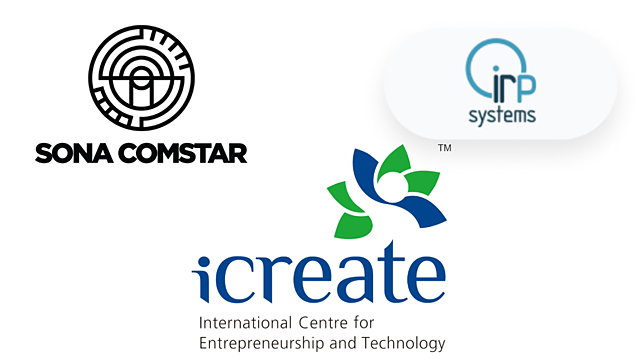
In a unique joint development project that envisions inventing a new powertrain, manufacturing and marketing it globally, three organisations – Gurgaon-based Sona Comstar and Israel’s IRP Systems have come together with iCreate (International Centre for Entrepreneurship and Technology) for its ‘iEV Powertrain Project’.
iCreate has initiated this project with the objective of Indian companies creating and owning futuristic technology, going beyond merely licensing and manufacturing.
The project entails India and Israel collaborating to conceive, design, prototype and manufacture efficient, low-cost, magnet-less powertrain (motor + controller) for electric two and three-wheelers, for the global market.
This powertrain will give both Sona Comstar and IRP Systems a global competitive advantage, and targets substituting imports worth INR 1,300 crore ($200 million), and capturing an export market many times this size.
Significantly, the iEV powertrain project will not use rare earth elements like neodymium while creating the motor-plus-controller combination. The objective is to offer high efficiency and low cost to manufacturers of electric two- and three-wheelers. While there are several motor manufacturers in India, they still need to import the magnets.
“This is another step in IRP’s mission to lead the automotive ecosystem with innovative and sustainable technology,” said Moran Price, Co-founder and CEO, IRP Systems. He said the company’s technology ensures not only cleaner air but also a more environment-friendly production process and responsible use of natural resources.
Speaking about the collaboration, Kiran Deshmukh, CTO, Sona Comstar said the system developed through this partnership will be environmentally compatible and cost-effective, ensuring the security of natural resources by avoiding the use of rare earth elements.